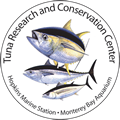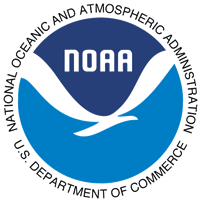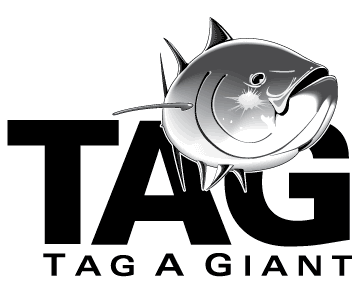Chuck Farwell
Session 9, Talk 1, 20/1/16 @ 0900 hrs
Pacific bluefin tuna have been considered difficult if not impossible to work with both at sea and to keep in captivity for display or research. Tokyo Sea Life Park included this species on their display list for their new aquarium’s 1989 opening. Their collection efforts started several years before opening and focused on 0-age class PBF. On their grand opening, their premier exhibit, Ocean Voyagers, featured several hundred young bluefin. The technology used in collecting, transportation and care of this difficult species was shared with Monterey Bay Aquarium through participation with the Tokyo Sea Life Park’s collection staff over two different seasons. Our collections of this species followed the Japanese efforts in style and process. The second major Japanese aquarium to display Pacific bluefin was Aquamarine Fukushima Aquarium led by the same person who brought tuna to Tokyo, Director Yoshitaka Abe.
Our first collections of bluefin started in 1994 for display in the Monterey Bay Aquarium’s new "Outer Bay Exhibit". This first time opportunity to keep this species in controlled experimental conditions in captivity in the U.S. allowed new research in science to be done in collaboration with Hopkins Marine Station. Topics covered today will include observations made on Pacific bluefin tuna at the Tuna Research Conservation Center: The effects of swimming speed and temperature on metabolic rate; Specific dynamic action and the heat increment of feeding and heart rates associated with feeding.
Contact: C. Farwell, Tuna Research and Conservation Program Manager, Monterey Bay Aquarium, USA, This email address is being protected from spambots. You need JavaScript enabled to view it.














